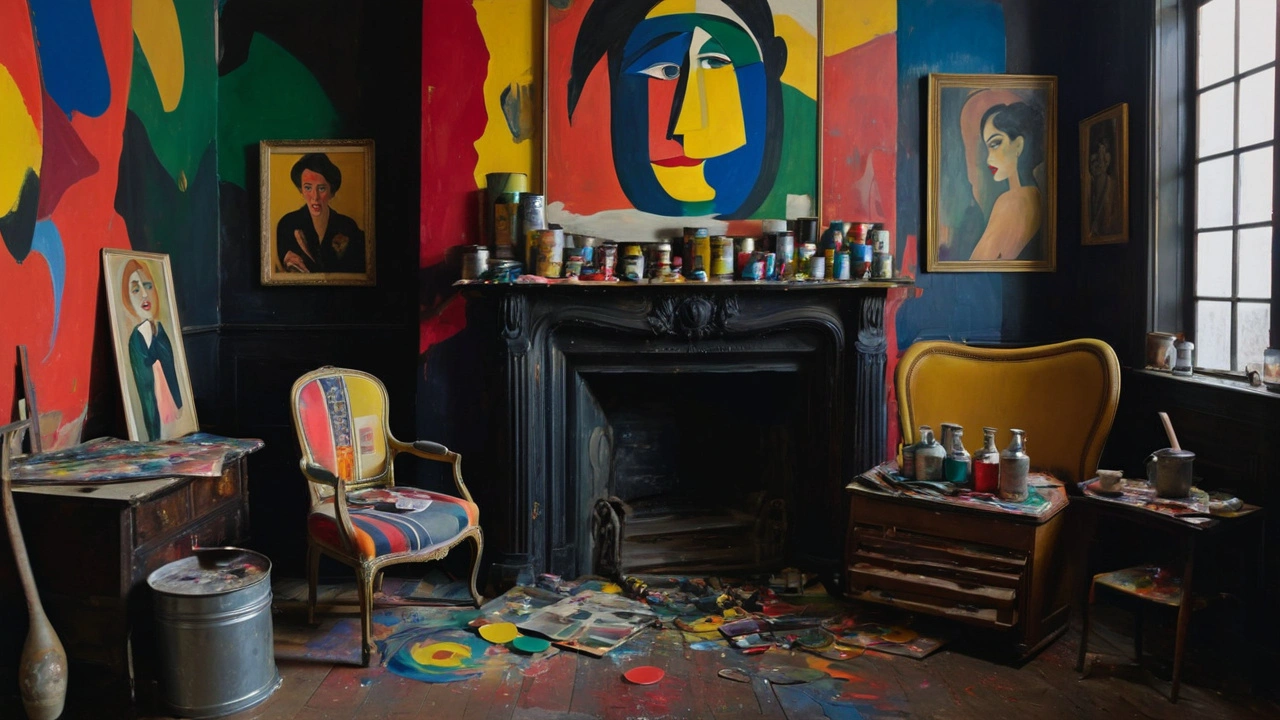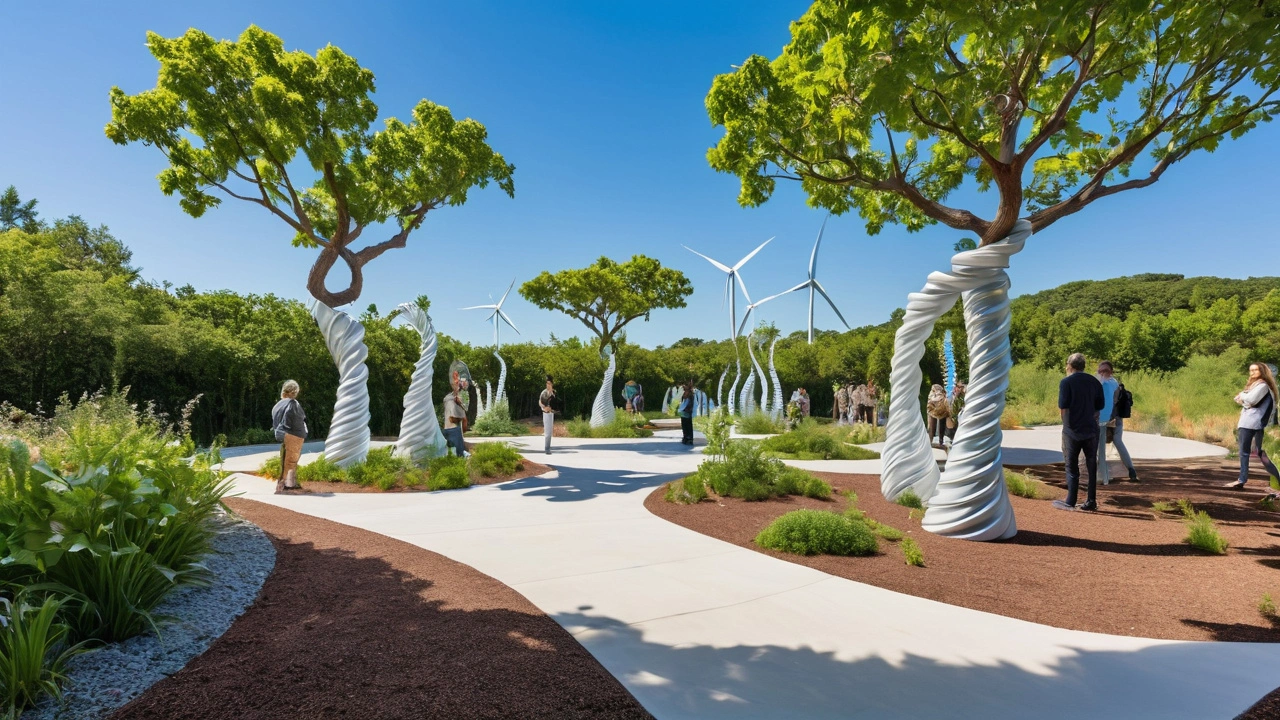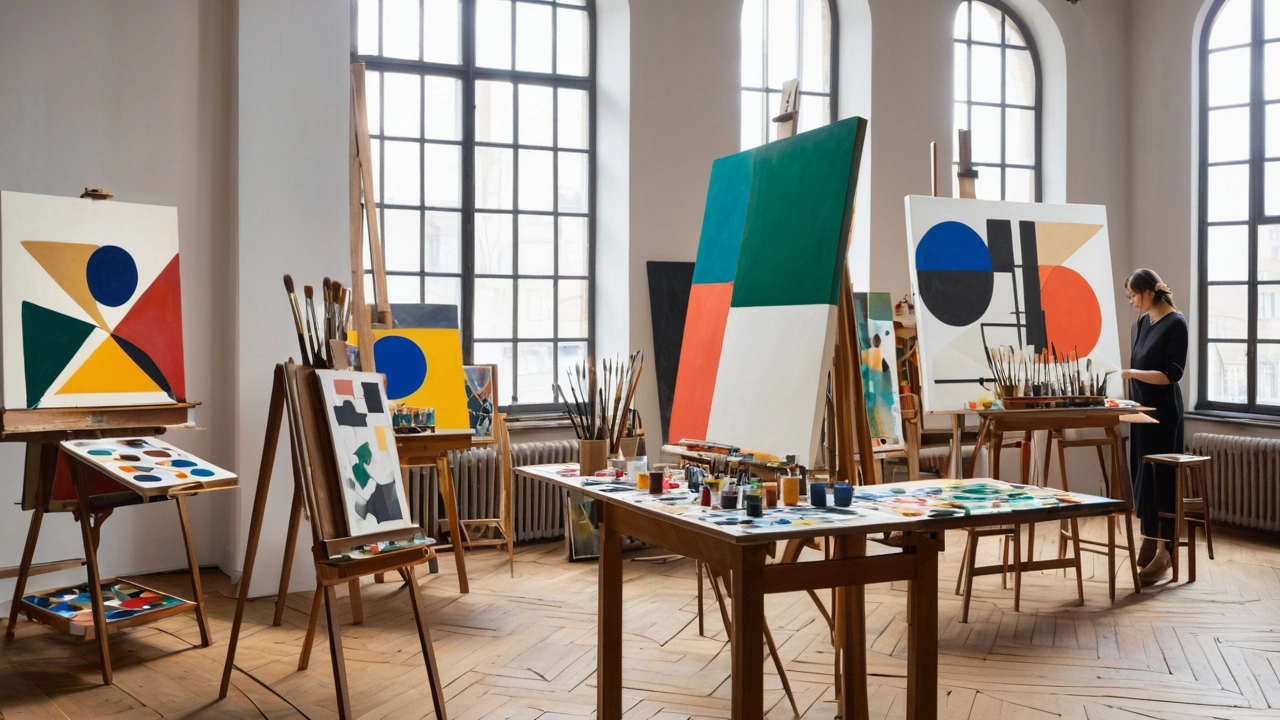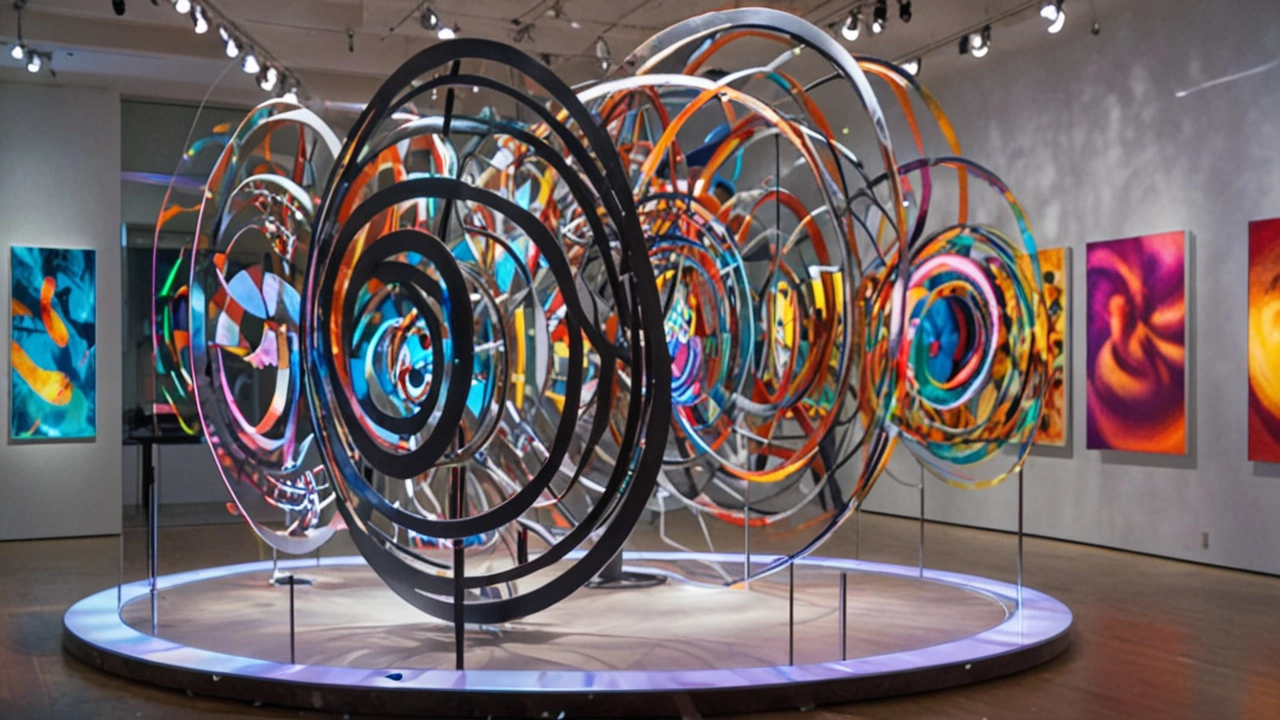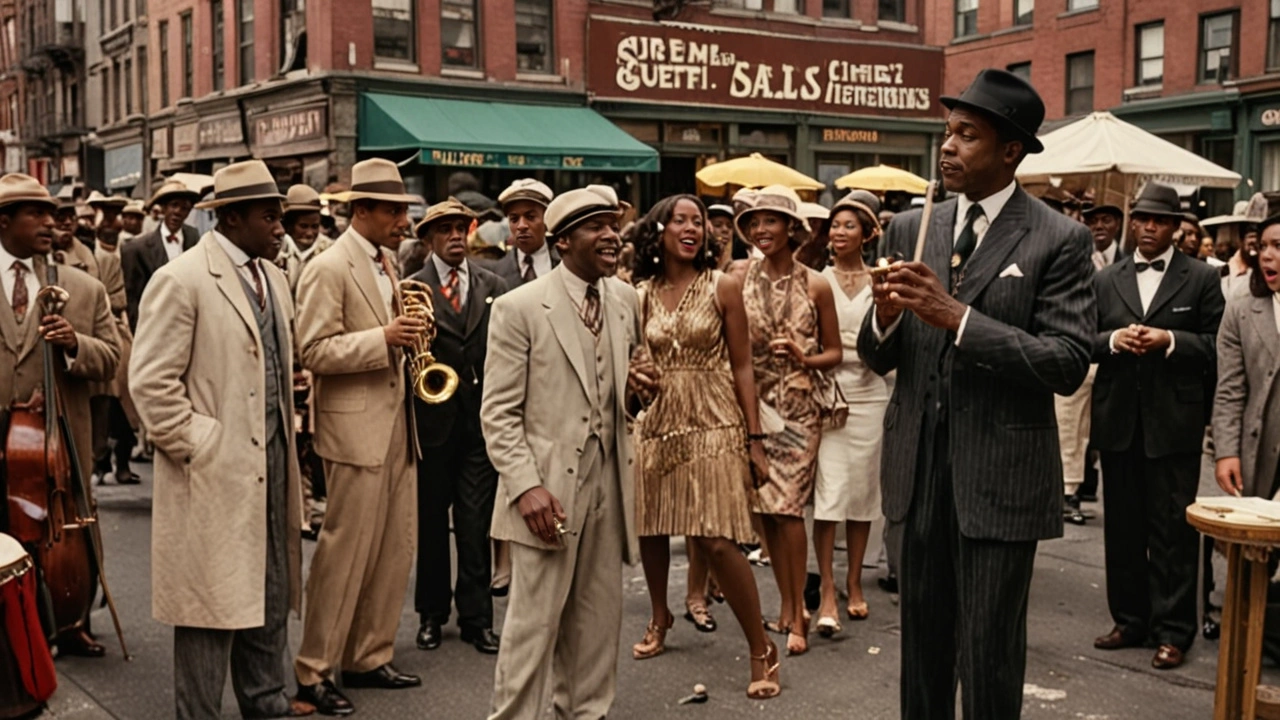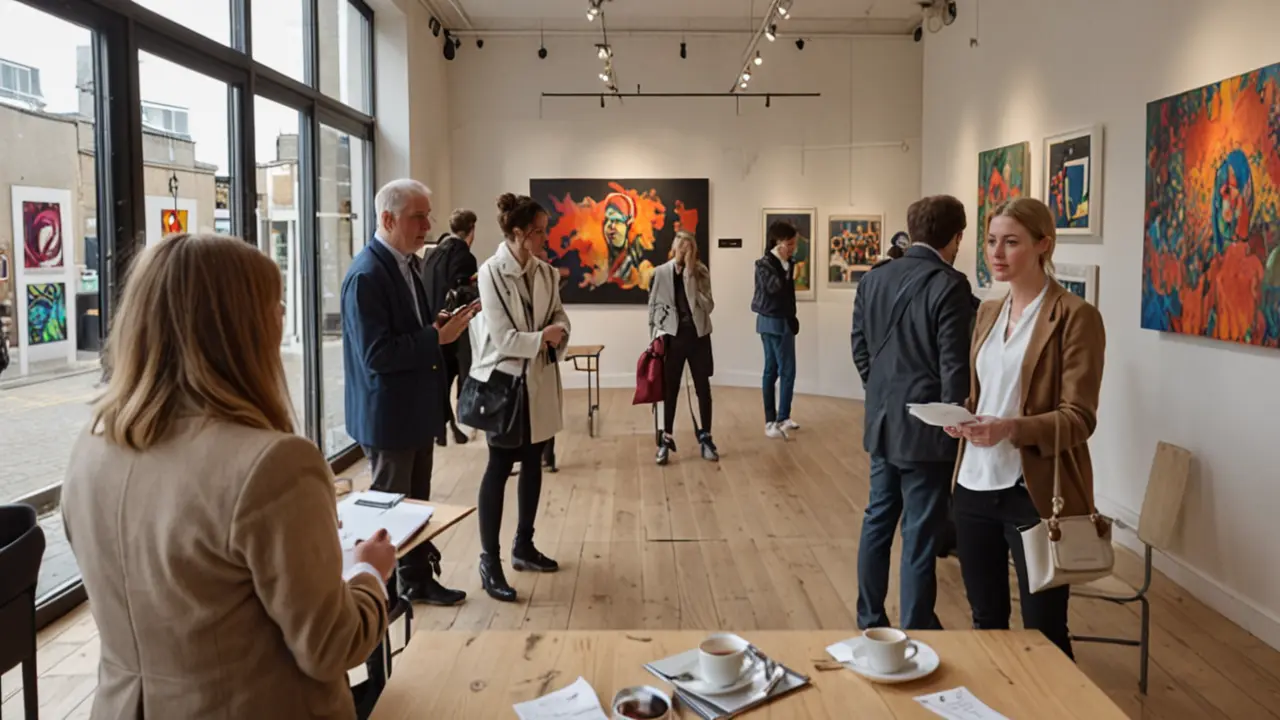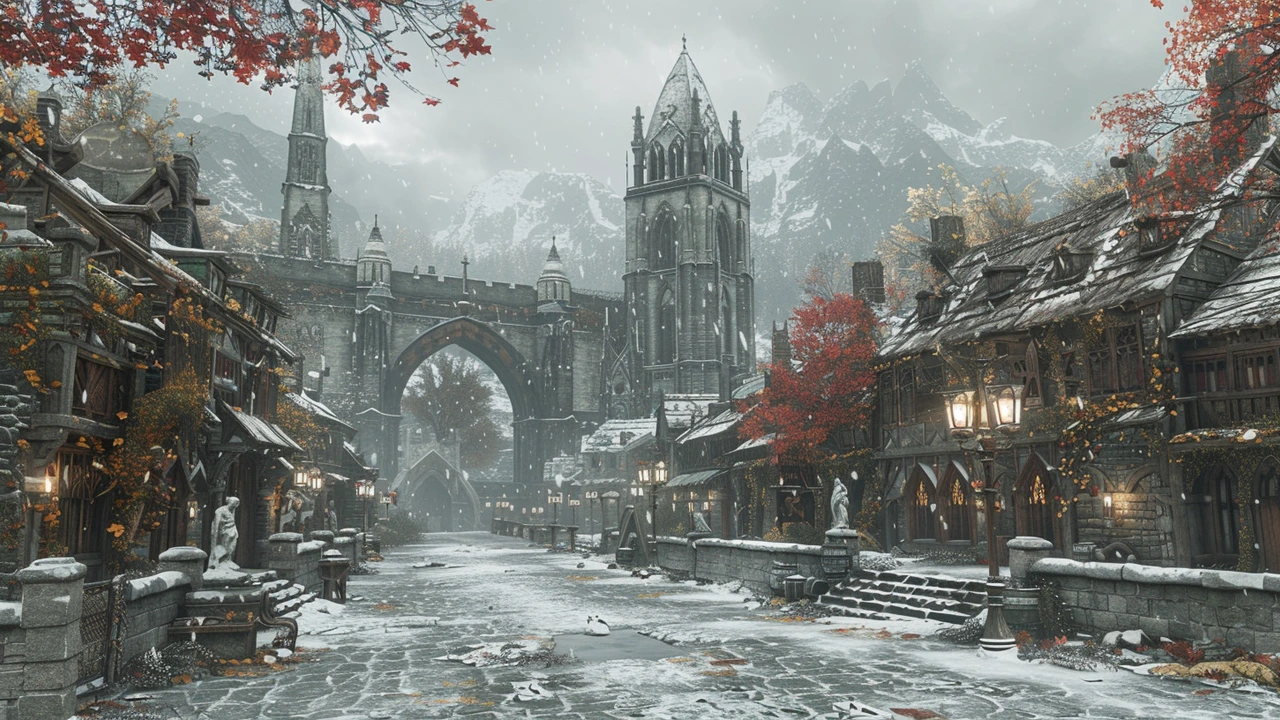Modern Art — July 2024 Highlights
Nine clear threads ran through Paul Artistry's July 2024 posts. You’ll find street-level stories, historic movements like Suprematism and the Harlem Renaissance, hands-on advice for beginners, and pieces about art that moves—literally. This archive groups those posts and gives quick pointers so you can pick what matters to you.
What appeared this month
Street art: An article breaks down iconic murals and graffiti, explaining the stories, techniques, and where to find hidden pieces. It’s practical—how to spot styles, read tags, and respect the artists while photographing work.
Expressionism: A clear look at how Expressionism shaped modern responses to crisis and emotion. The piece points to key artists and shows what to look for: exaggerated color, distorted forms, and raw feeling over detail.
Environmental installations: Several projects use found materials and site-specific displays to make climate and pollution visible. The article explains how installations communicate with scale, placement, and materials to push a message.
Suprematism: A short history of Malevich’s experiments with geometry and color. The post shows how basic shapes still influence modern abstract work and how to read a Suprematist composition.
Classicism in modern interiors: Tips for mixing classical details with clean, modern furniture—think moldings, symmetry, and a calm color base with a few modern accents.
Kinetic art: A look at art that moves. The article explains simple mechanics—wind, motors, balance—and how motion changes your reading of form and space.
Harlem Renaissance: A focused piece on how that era shaped music, literature, and visual art today, highlighting narrative, rhythm, and cultural resilience as lasting influences.
Beginners’ guide: A friendly starter that points to approachable artists, key movements, and simple ways to build taste—museum visits, short reading lists, and keeping a visual notebook.
Gothic art: A tight survey of medieval aesthetics—vertical lines, light, and religious narrative—and why those ideas still surface in modern design and symbolism.
How to use this archive — quick tips
Want to read smart fast? Start with the beginners’ guide, then pick one theme that grabs you. If you like color and feeling, read the Expressionism and street art posts. If you care about message and materials, read the environmental installations and kinetic art pieces.
Practical tips when you go look: for street art, use local maps or community groups, ask before photographing private walls, and note how a piece interacts with its neighborhood. For installations, read the artist statement first and consider the site. When viewing Suprematism or Expressionism, focus on shape, color, and emotional reaction rather than trying to identify a literal subject.
If you want deeper reading, follow the artists and movements mentioned in each article and visit local shows that showcase these themes. Bookmark this archive if you plan to compare how artists handle material, motion, and message across different styles.
Want suggested order or a short reading list based on your interest? Tell me what you like and I’ll map the best posts from July to fit it.

